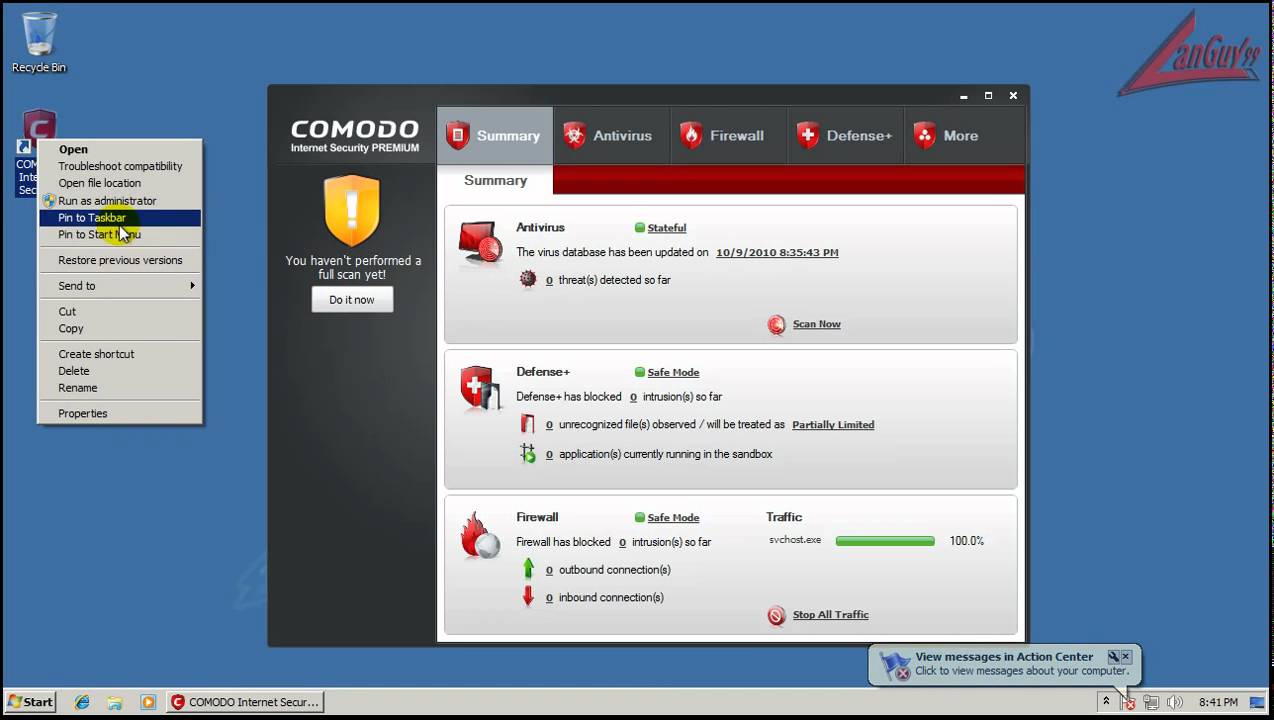Hi,
I have just downloaded and testing Comodo Firewall + Antivirus combination, and my first impression is that I like it.
Interesting feature that caught my attention is SandBox. Before COMODO i have been using, and still use SandBoxie, that has similar feature as COMODO SandBox.
One thing that I miss, or is IMO missing from COMOD’s SandBox is option to make permanent changes to real system.
Why would someone need such feature?
I have found troubles to locate my downloaded files via Firefox. I can Execute them from Firefox download manager, but when i choose “Open Containing Folder” it reports error. It should be more polished. My downloaded files are not on Desktop. From user perspective with user skills, it is trouble - where are my files?
I know that sandbox has to use some kind of mirrored folders, that temporary stores all files, downloaded or altered, and found it and recovered my files. But it needs to be simpler procedure for ordinary users.
Other example is. I am running my mail client in sandbox as precaution, if sth. gets through it (malicious attachment). But if I decide to do not use mail client sandboxed anymore - what happens? Mail client will not, anymore, be redirected to virtual path containing “mirrored” files, it will read settings and data from real path - and there is our problem. I will stuck with files and settings dating to time before i started to use SandBox feature.
Proposed solution?
COMODO could implement feature, manual or/and automated, for applications to permanently apply changes to real system at end of it’s session.
Further more, to enhance security, COMODO would allow such feature only if application’s session was virus/maleware free.
There could be option like “Make permament changes to system at end of session, if there were no viruses” or sth. similar to that to minimize need for user input/intervention.
Sorry for bad English, I hope you understand what wanted to say.
